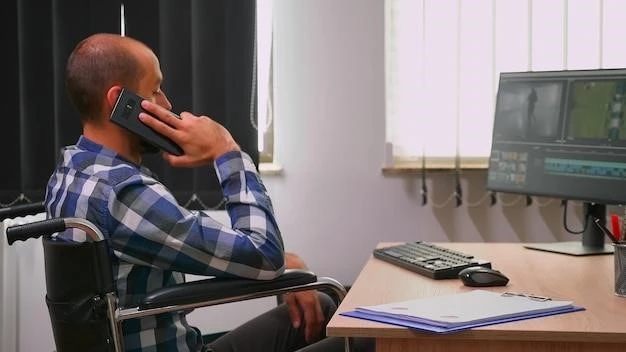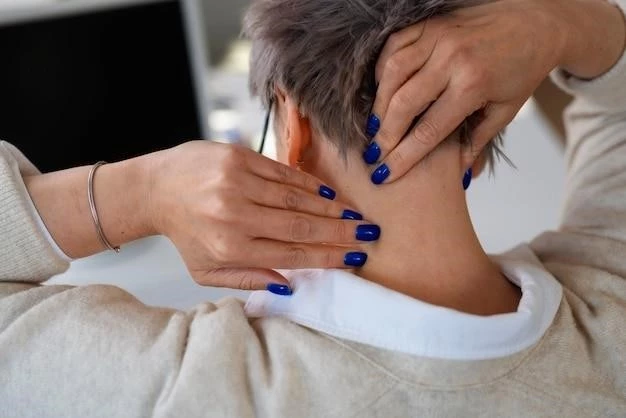Overview of Acrofacial Dysostosis Catania Form
This section provides a comprehensive introduction to Acrofacial Dysostosis Catania Form․
Definition
The term ″Acrofacial Dysostosis Catania Form″ refers to a rare genetic disorder characterized by distinctive facial features, skeletal abnormalities, and potential developmental delays․ It is essential to consult healthcare professionals for accurate diagnosis and appropriate management․
Characteristics
Individuals with Acrofacial Dysostosis Catania Form may exhibit facial features such as a cleft palate, small mouth, and wide-set eyes․ Skeletal abnormalities can include malformed bones in the hands and feet․ Understanding these characteristics is crucial for early recognition and appropriate medical intervention․
Prevalence
The prevalence of Acrofacial Dysostosis Catania Form is extremely rare, with only a few cases reported worldwide․ Due to its rarity, detailed epidemiological data are limited․ Collaborative efforts among healthcare providers and researchers are essential to better understand and support individuals affected by this condition․
Symptoms and Signs of Acrofacial Dysostosis Catania Form
This section highlights the various symptoms and signs associated with Acrofacial Dysostosis Catania Form․
Facial Features
Patients with Acrofacial Dysostosis Catania Form may present with facial characteristics like a prominent forehead, low-set ears, and a short nose․ These distinctive features are key indicators for healthcare professionals during clinical assessments and diagnostic evaluations․
Skeletal Abnormalities
Acrofacial Dysostosis Catania Form may involve skeletal anomalies such as abnormal curvature of the spine, shortened limbs, and fused fingers․ These structural variations can impact mobility and functional abilities, requiring multidisciplinary care and individualized treatment strategies․
Other Symptoms
In addition to facial and skeletal manifestations, individuals with Acrofacial Dysostosis Catania Form may experience developmental delays, hearing loss, and heart defects․ Recognizing these diverse symptoms is essential for comprehensive management and personalized care plans tailored to each patient’s needs․
Causes of Acrofacial Dysostosis Catania Form
This section explores the underlying genetic mutations responsible for Acrofacial Dysostosis Catania Form․
Genetic Mutations
Acrofacial Dysostosis Catania Form is primarily caused by genetic mutations affecting genes involved in craniofacial and limb development․ These mutations disrupt normal embryonic growth and lead to the characteristic features of the condition․ Understanding the genetic basis is crucial for accurate diagnosis and targeted therapeutic interventions․
Inheritance Pattern
Acrofacial Dysostosis Catania Form follows an autosomal dominant inheritance pattern, meaning that a single copy of the mutated gene from an affected parent is sufficient to cause the condition․ Genetic counseling and testing are crucial for understanding the risk of passing the disorder to future generations․
Diagnosis and Testing for Acrofacial Dysostosis Catania Form
This section outlines the diagnostic process and testing methods for Acrofacial Dysostosis Catania Form․
Clinical Evaluation
Diagnosis of Acrofacial Dysostosis Catania Form involves a thorough clinical evaluation by healthcare professionals․ Assessing facial features, skeletal abnormalities, and developmental milestones is essential․ Additional tests such as imaging studies and genetic analysis may be recommended to confirm the diagnosis and guide treatment planning․
Genetic Testing
Genetic testing plays a crucial role in diagnosing Acrofacial Dysostosis Catania Form by identifying specific mutations in relevant genes․ This specialized testing helps confirm the clinical diagnosis, assess disease severity, and provide valuable information for personalized management strategies․ Consultation with a genetic counselor is recommended for individuals and families undergoing genetic testing․

Treatment Options for Acrofacial Dysostosis Catania Form
This section discusses the diverse treatment modalities available for managing Acrofacial Dysostosis Catania Form․
Management of Symptoms
Effective management of Acrofacial Dysostosis Catania Form focuses on addressing individual symptoms such as cleft palate repair, hearing aids for hearing impairment, and physiotherapy for mobility issues․ A multidisciplinary approach involving physicians, surgeons, and therapists is essential to improve the quality of life for affected individuals․
Surgical Interventions
Surgical interventions play a crucial role in managing skeletal abnormalities and craniofacial features in Acrofacial Dysostosis Catania Form․ Procedures such as corrective bone surgeries, cleft palate repairs, and limb lengthening surgeries aim to improve function and aesthetics․ Close collaboration between surgical teams and other healthcare professionals is essential for optimal outcomes․
Prognosis and Life Expectancy of Acrofacial Dysostosis Catania Form
This section delves into the expected outcomes and life expectancy associated with Acrofacial Dysostosis Catania Form․
Outlook
The outlook for individuals with Acrofacial Dysostosis Catania Form varies depending on the severity of symptoms and the effectiveness of treatment․ Early diagnosis, comprehensive care, and ongoing support can significantly improve the quality of life and outlook for affected individuals․ Research and advancements in medical interventions continue to contribute to enhanced outcomes and better prognoses․
Life Expectancy
The life expectancy of individuals with Acrofacial Dysostosis Catania Form can vary based on the specific symptoms and overall health status․ Access to appropriate medical care, timely interventions, and ongoing management can positively impact life expectancy․ Close monitoring and multidisciplinary support are essential to optimize outcomes and enhance the longevity of individuals with this condition․
Research and Developments in Acrofacial Dysostosis Catania Form
This section explores the latest advancements and ongoing research efforts concerning Acrofacial Dysostosis Catania Form․
Current Studies
Ongoing research studies on Acrofacial Dysostosis Catania Form focus on elucidating disease mechanisms, developing targeted therapies, and improving diagnostic approaches․ Collaborative efforts between researchers, clinicians, and affected individuals contribute to advancing knowledge and enhancing care for this rare genetic disorder․ Stay informed about the latest findings to support informed decision-making and treatment strategies․
Future Directions
Future directions in research for Acrofacial Dysostosis Catania Form aim to explore novel treatment modalities, enhance genetic counseling services, and improve early detection strategies․ Innovations in precision medicine and ongoing collaborative research efforts hold promise for advancing care and outcomes for individuals affected by this rare condition․ Stay engaged with the scientific community to support future advancements in the field․
Support and Resources for Individuals with Acrofacial Dysostosis Catania Form
This section provides valuable assistance and information for individuals affected by Acrofacial Dysostosis Catania Form․
Support Groups
Joining support groups for Acrofacial Dysostosis Catania Form can provide emotional support, shared experiences, and valuable resources for individuals and families navigating the challenges of the condition․ Connecting with others facing similar journeys can foster a sense of community and empowerment in managing the complexities associated with this rare genetic disorder․
Therapeutic Services
Accessing therapeutic services such as physical therapy, speech therapy, and occupational therapy can help individuals with Acrofacial Dysostosis Catania Form enhance their functional abilities, communication skills, and overall quality of life․ Working with skilled therapists and healthcare professionals can support individuals in reaching their full potential and maximizing their independence․
